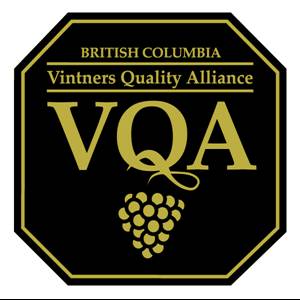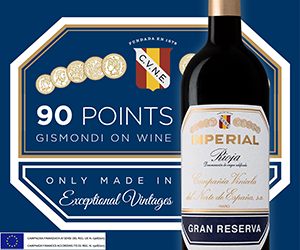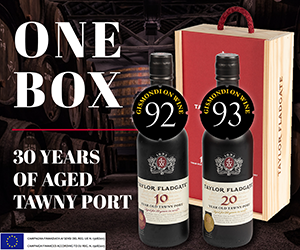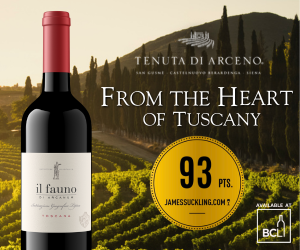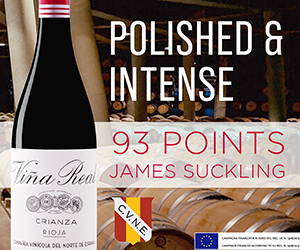At long last it would appear that your chances of finding a decent bottle of British Columbia wine will exceed the odds of sighting the legendary Ogopogo.
In an announcement made, late last month, the provincial Cabinet has approved the framework for the establishment of a British Columbia Premium Wine Commission. The commission is not a government body, but rather one made up of industry representatives appointed by their peers. It will have the power to set standards and regulations governing all aspects of wine and grape production and the ability to enforce them.
The new laws, patterned after successful commissions operating in the U.S.A. and other wine producing countries should be in effect for the 1989 vintage. The most significant aspect of these new laws is the definition of what can or cannot be sold as a British Columbia wine.
Only wines produced from 100% B.C. grown grapes and meeting all the standards set out by the commission will be entitled to the label designation Product of British Columbia. Those wineries unwilling to embrace these standards, which is the bulk of them at the moment, will have their wines labelled Product of Canada. Any producer caught contravening these standards will be barred from using them for three years.
The region of production of a wine may be specified according to the Designated Viticultural Region (D.V.A.). D.V.A.s may be a political designation such as "British Columbia" or a geographical designation, such as "Okanagan Valley", "Similkameen Valley", or "Okanagan - Similkameen Valleys".
Wines which bear a vineyard designation on the label will have to contain not less than 85% of wine that originated in the named vineyard. Varietal wines (those which bear the name of a grape varietal) will have to contain not less than 85% by volume of the named varietal. Grape varietals can be identified as long as they are listed in descending order by volume percent and they make up 85% of the total volume.
Wines that bear a vintage date must contain not less than 85% of the contents from that vintage.
Numerous other wine terms, historically abused by producers, such as "estate bottled", "late harvest" and "ice wine" are now more rigorously defined. Grape growers have also agreed to a new set of guidelines. Their compensation will be based upon the condition of their grapes at harvest. Those producing grapes that fall within specific parameters conducive to making quality wines will now obtain the highest price.
Clearly the intent is to produce better wines. Whether it has more to do with the outcome of the Free Trade Agreement and the GATT than an industry led initiative is immaterial. Since the new standards are open to revision there is one small change I would suggest. How about dropping the word "Premium" and simply call it The British Columbia Wine Policy. The necessary ingredient of a premium wine is a commitment to excellence and quality. This can never be legislated.

 quicksearch
quicksearch

